Music projects can be a lot of fun. This is an experiment in generating music using several networked Arduinos.
Rachel's Nightmare, a distributed polyphonic synth
Uses multiple Arduino Nano and a passive mixer to generate multiple voices simultaneously.
 Arduino Enigma
Arduino Enigma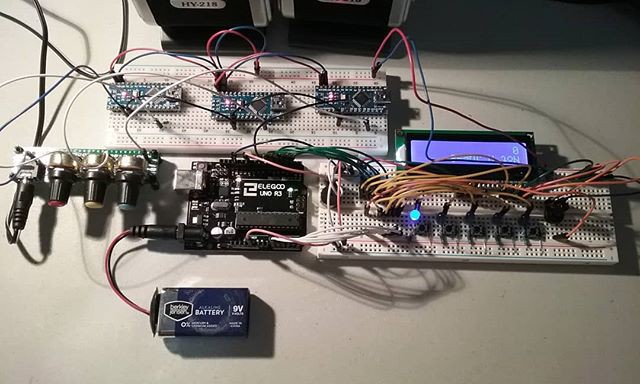
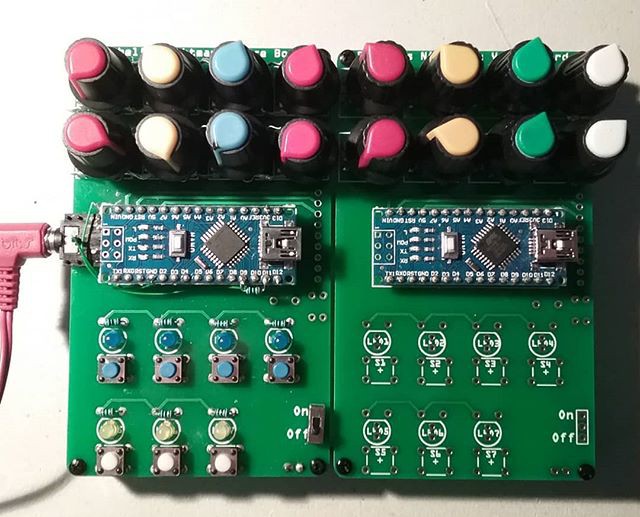
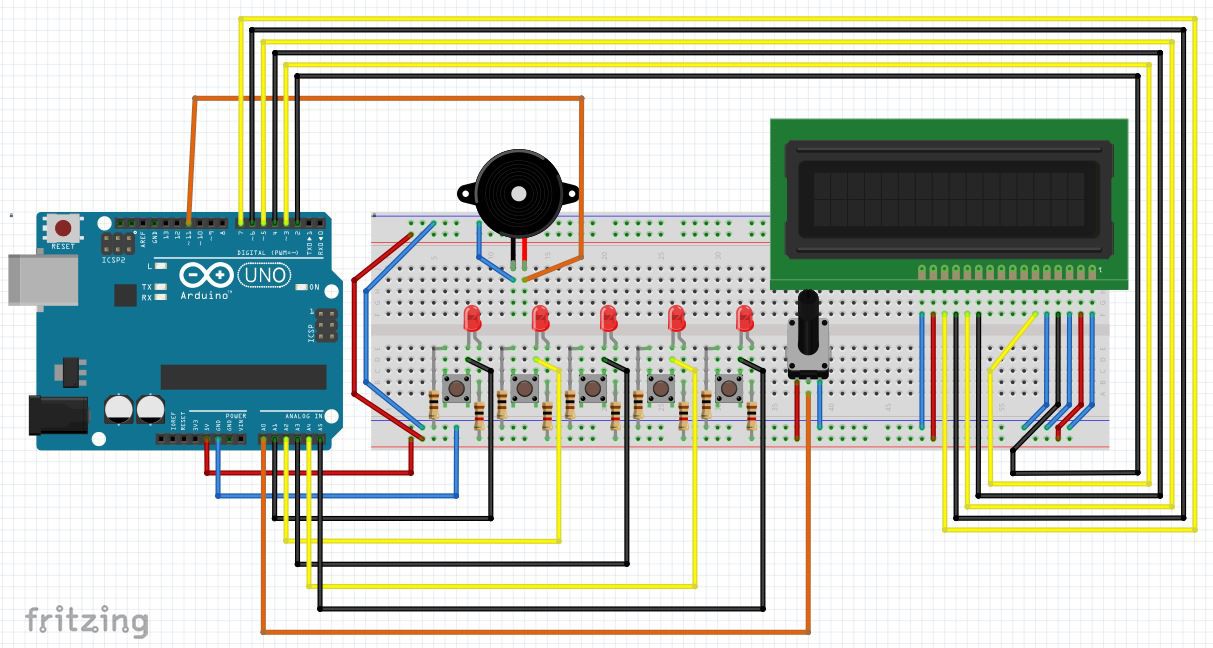
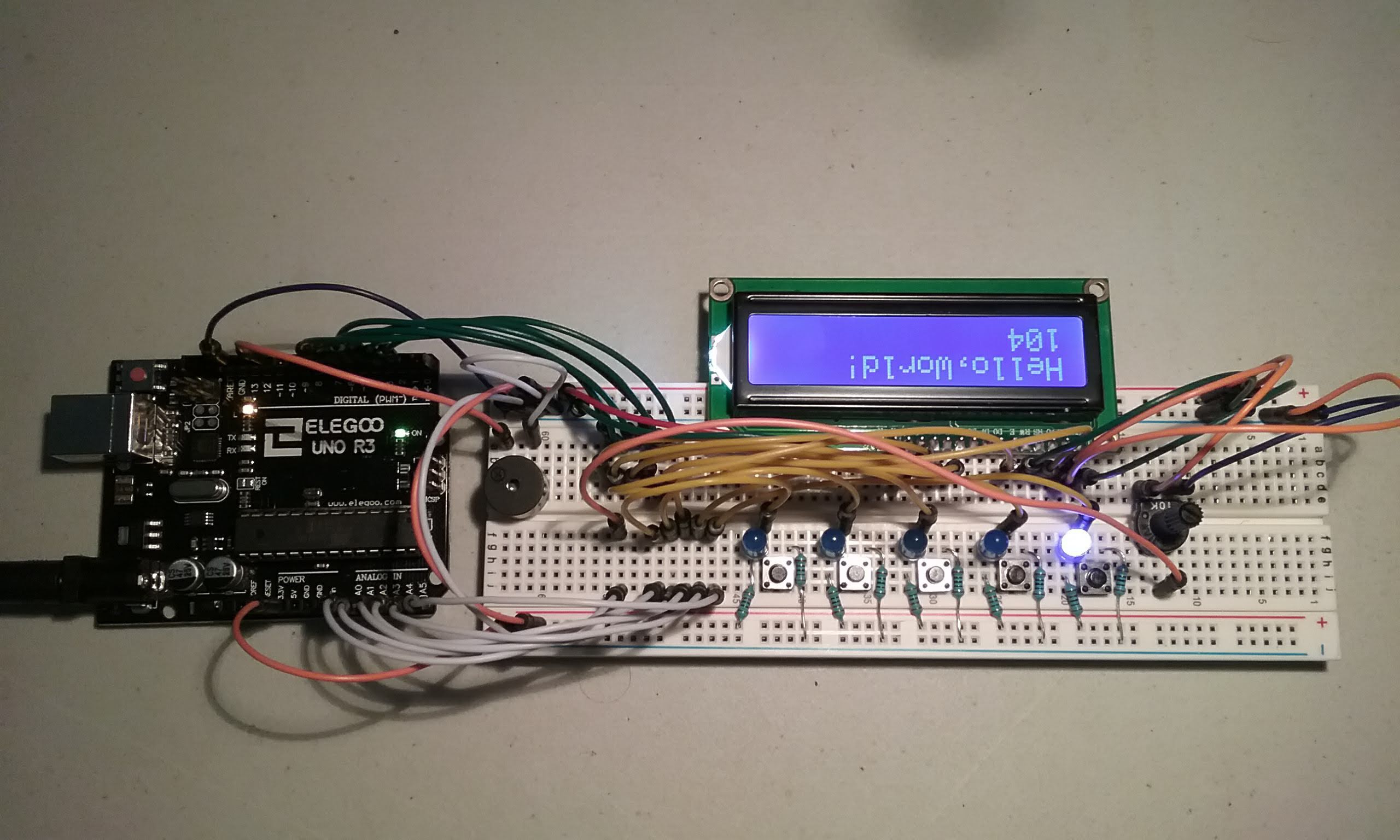
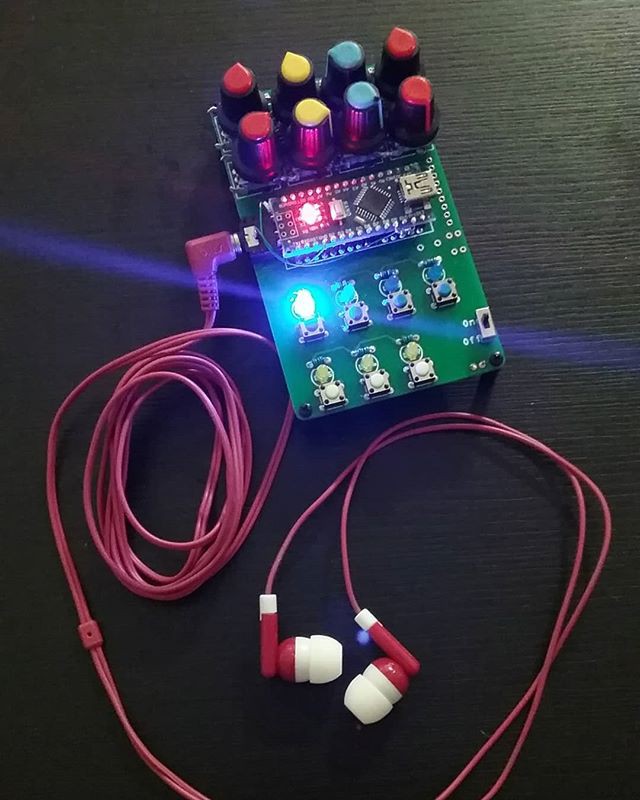
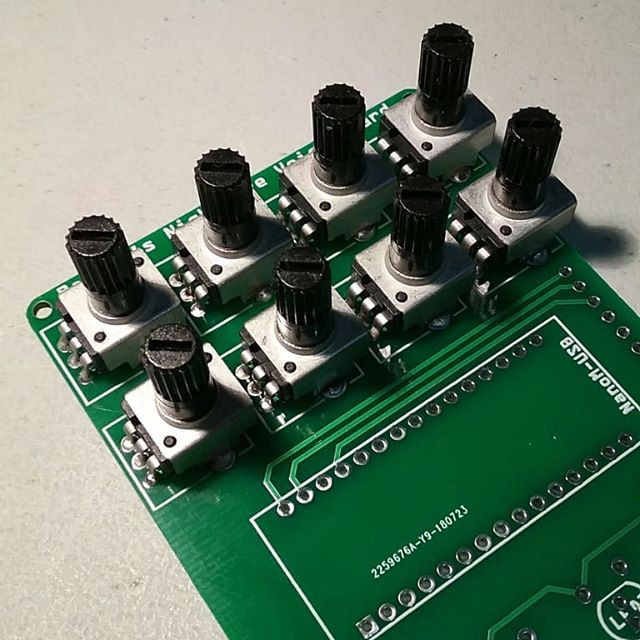
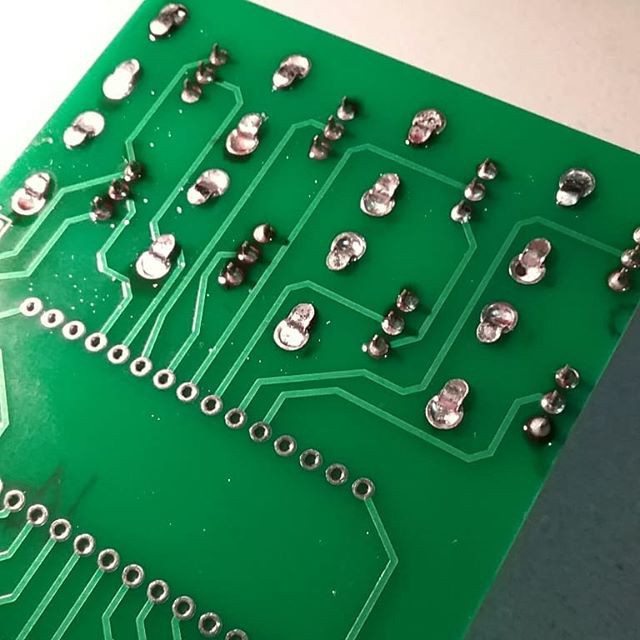
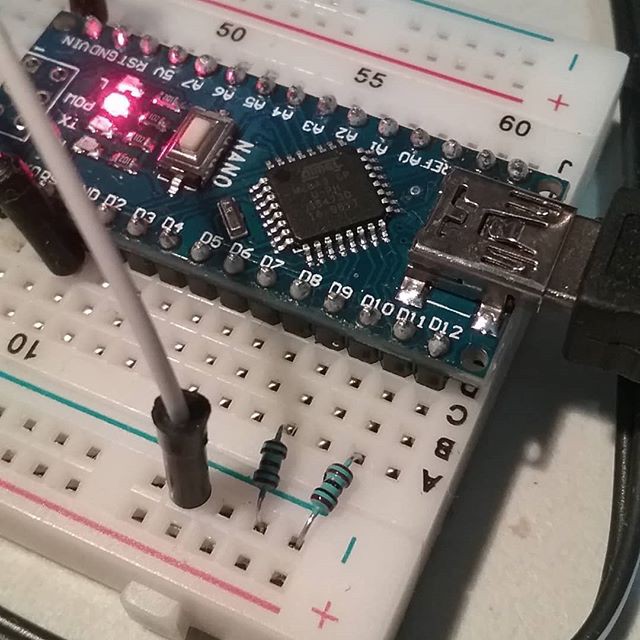
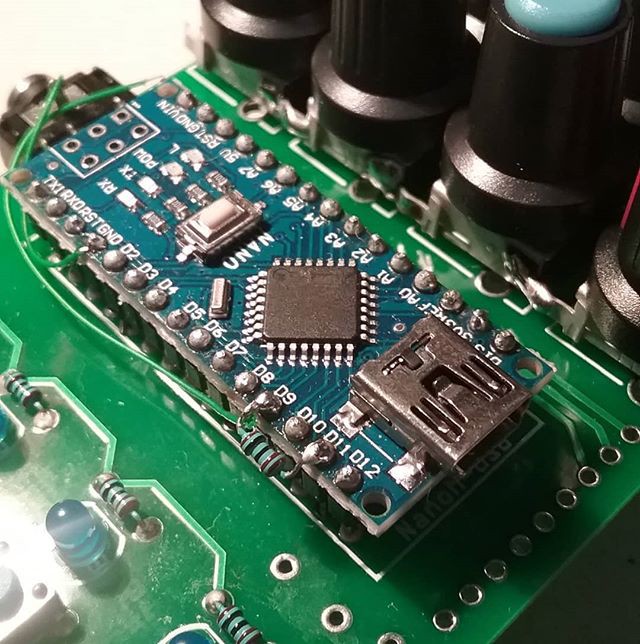
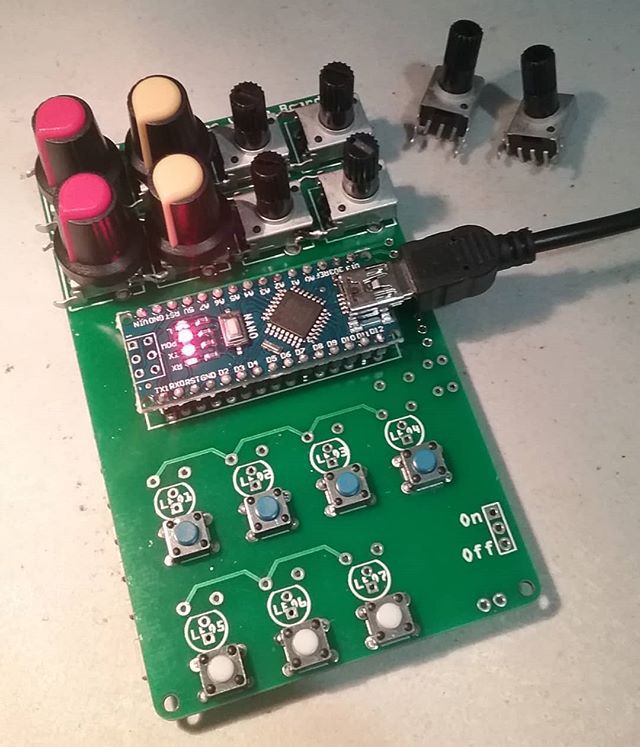
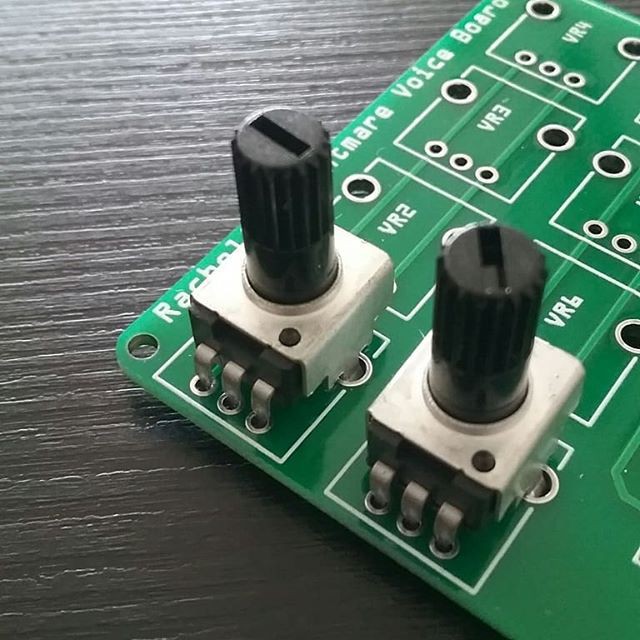


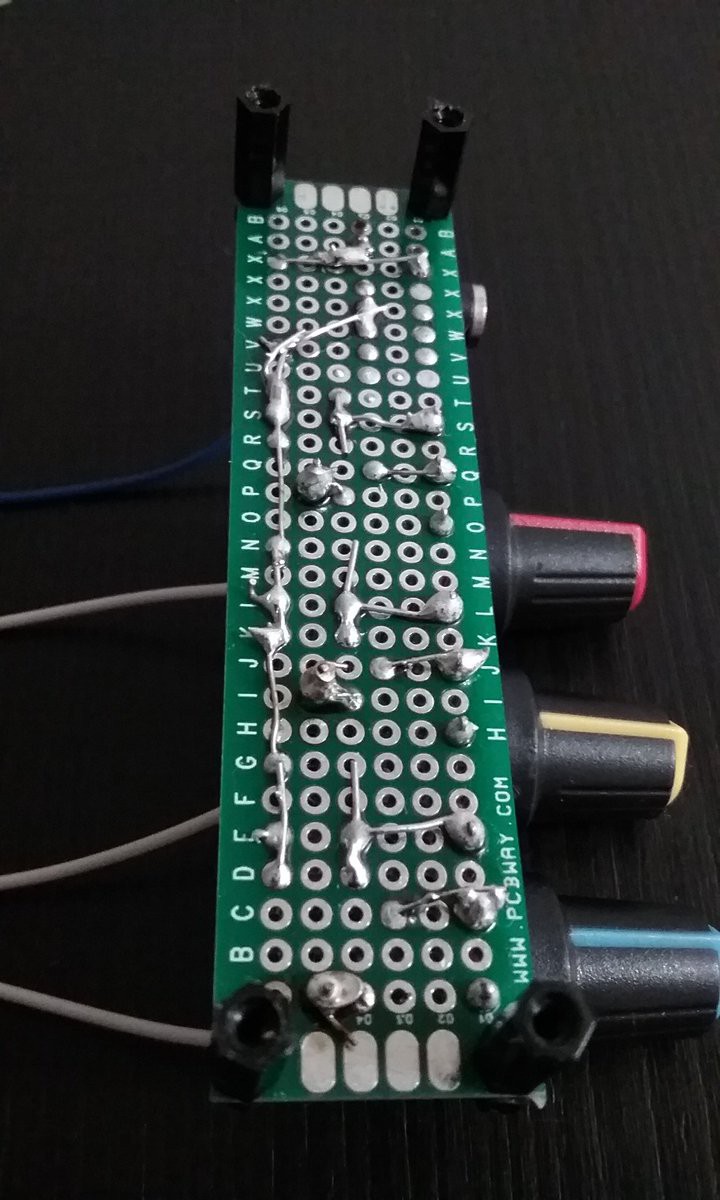
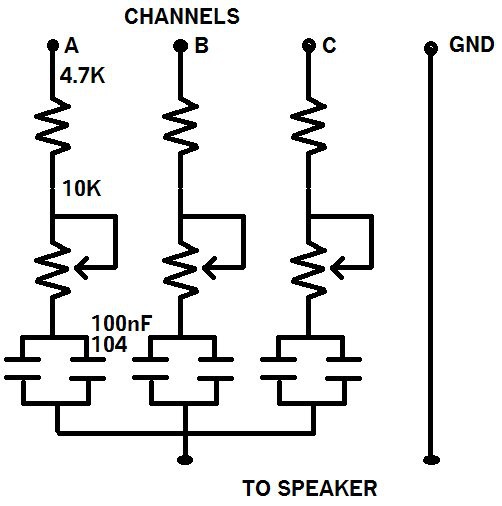
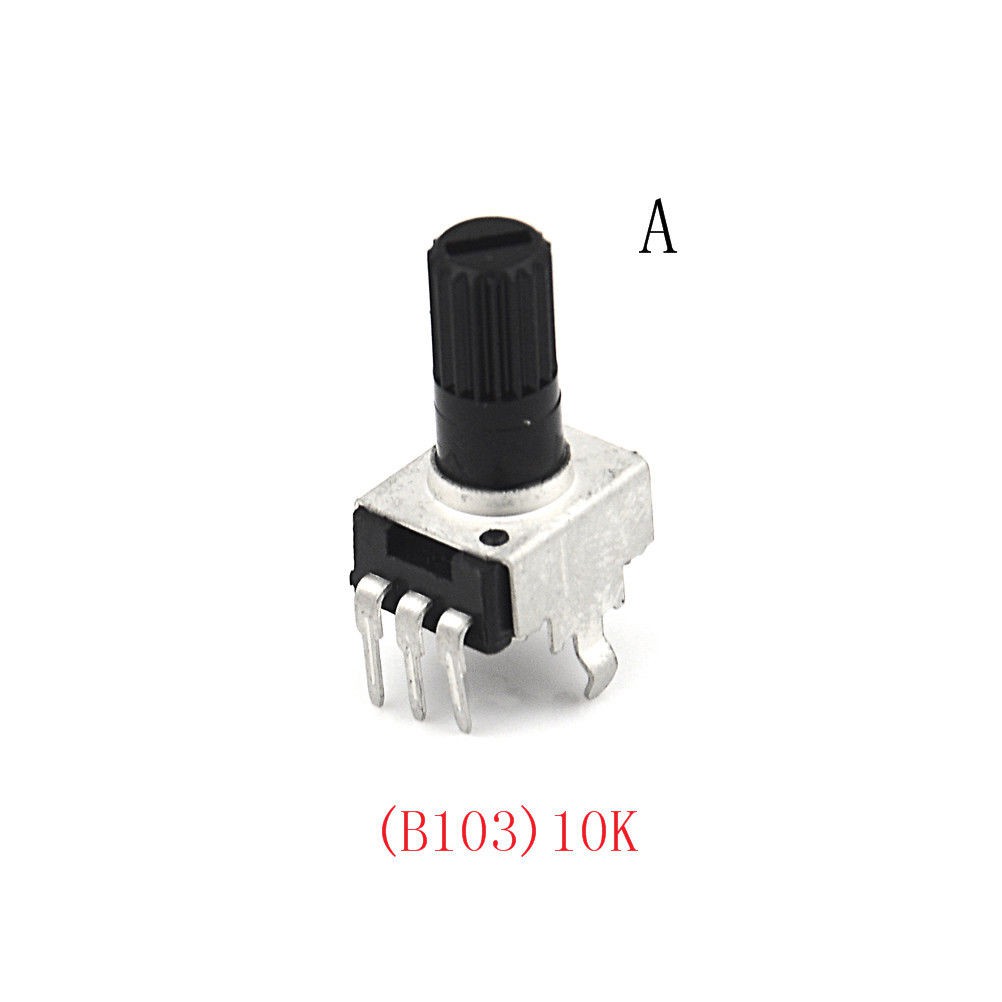
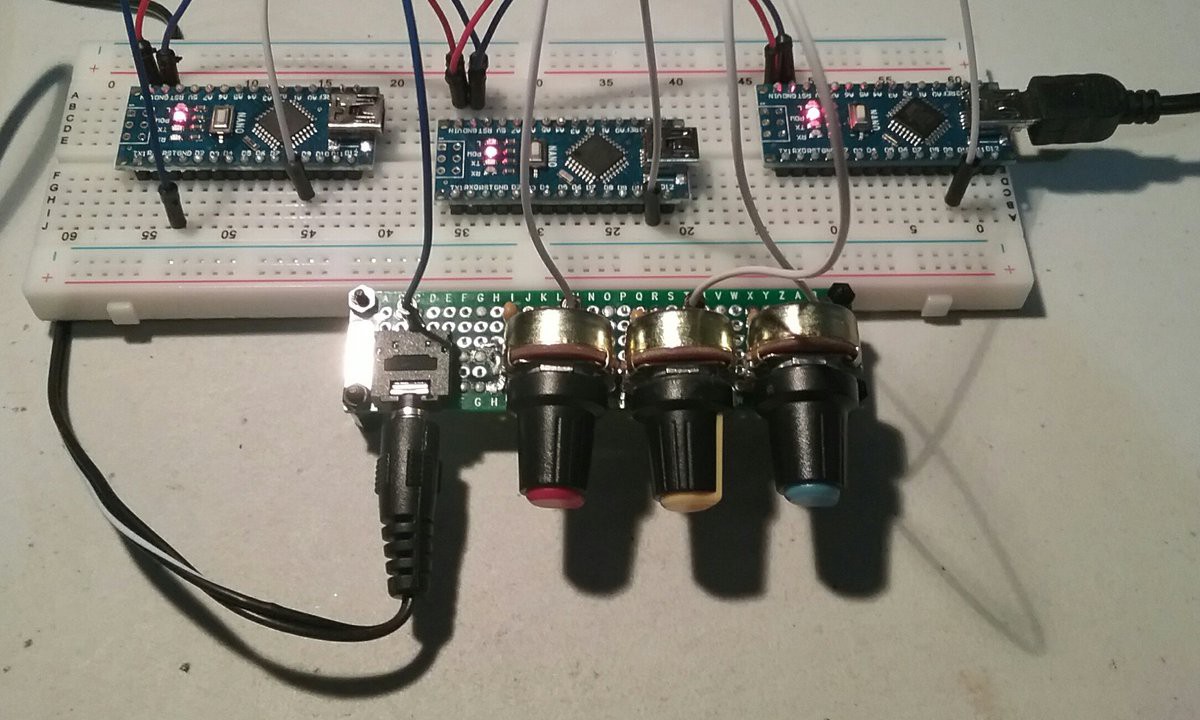
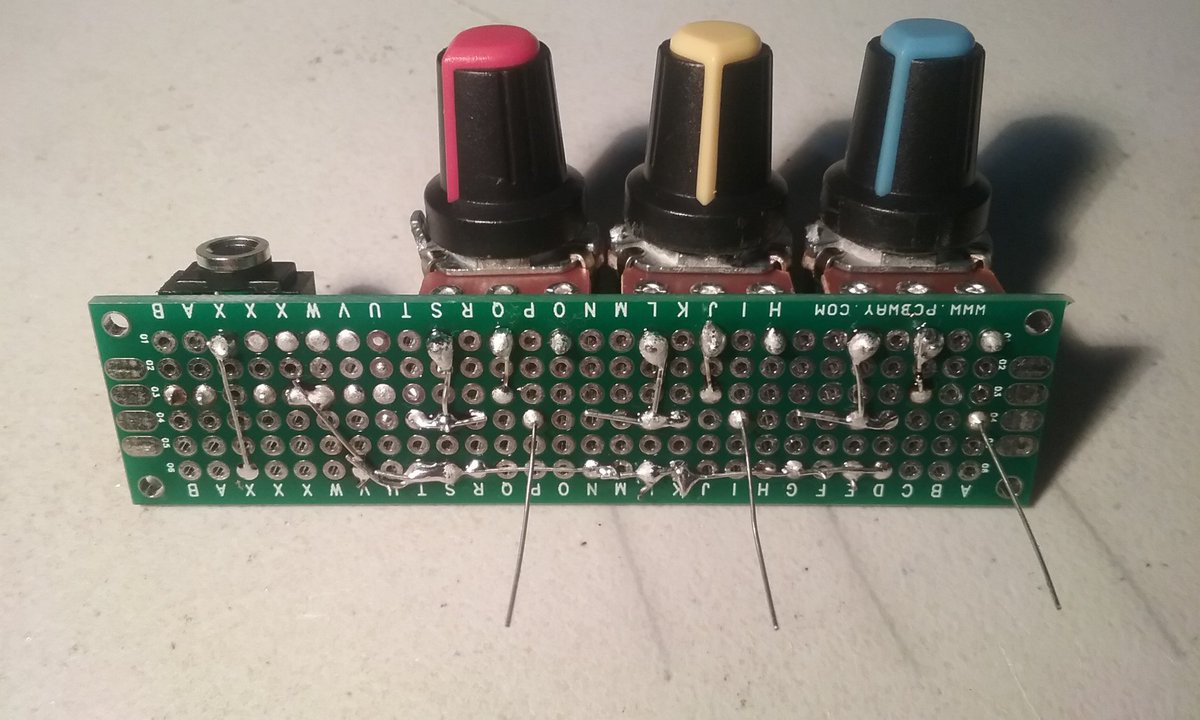
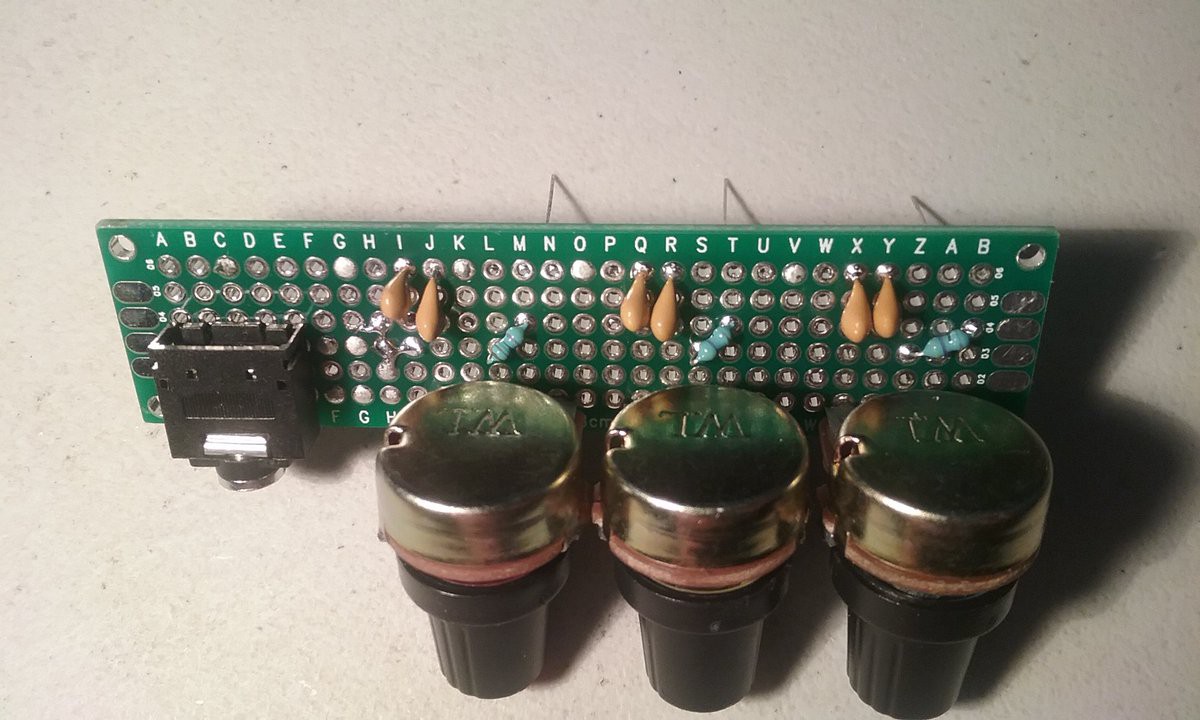

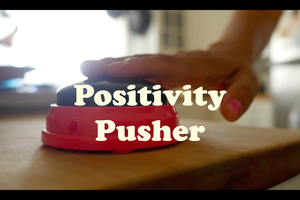
 Steph
Steph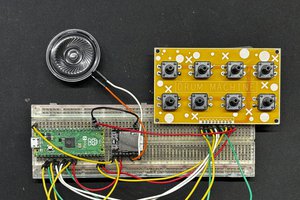
 Arnov Sharma
Arnov Sharma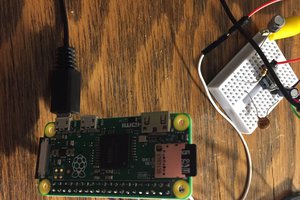
 ehunck
ehunck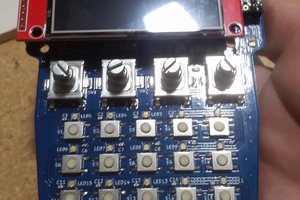
 Chris Miller
Chris Miller
Wow, this is cool. Kinda goes into a similar direction of a project I started a while ago, making a board that would work with different synth-firmwares. I still have to put it up here, but if you want to take a look at it, there's some stuff over at https://wiki.makervan.de/wiki/Synthiboard.
I really like the form factor of your boards though, and the idea of connecting them with more than just the audio. Kinda makes me want to get in on my own project again (it's been sitting in a box for quite a while now).